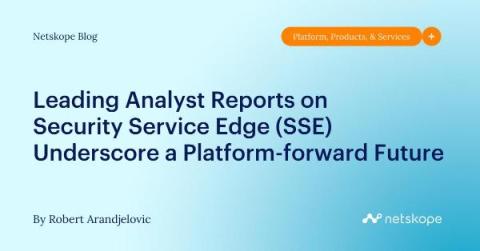Integrating High-Level Risk Management and Cyber Security
Successful entrepreneurs all have one thing in common: they know how to manage business risks effectively, even as they evolve. Since the inception of the modern marketplace, and arguably before, innovative leaders have been able to assess their organizations' internal and external vulnerabilities and develop mitigation strategies accordingly.










